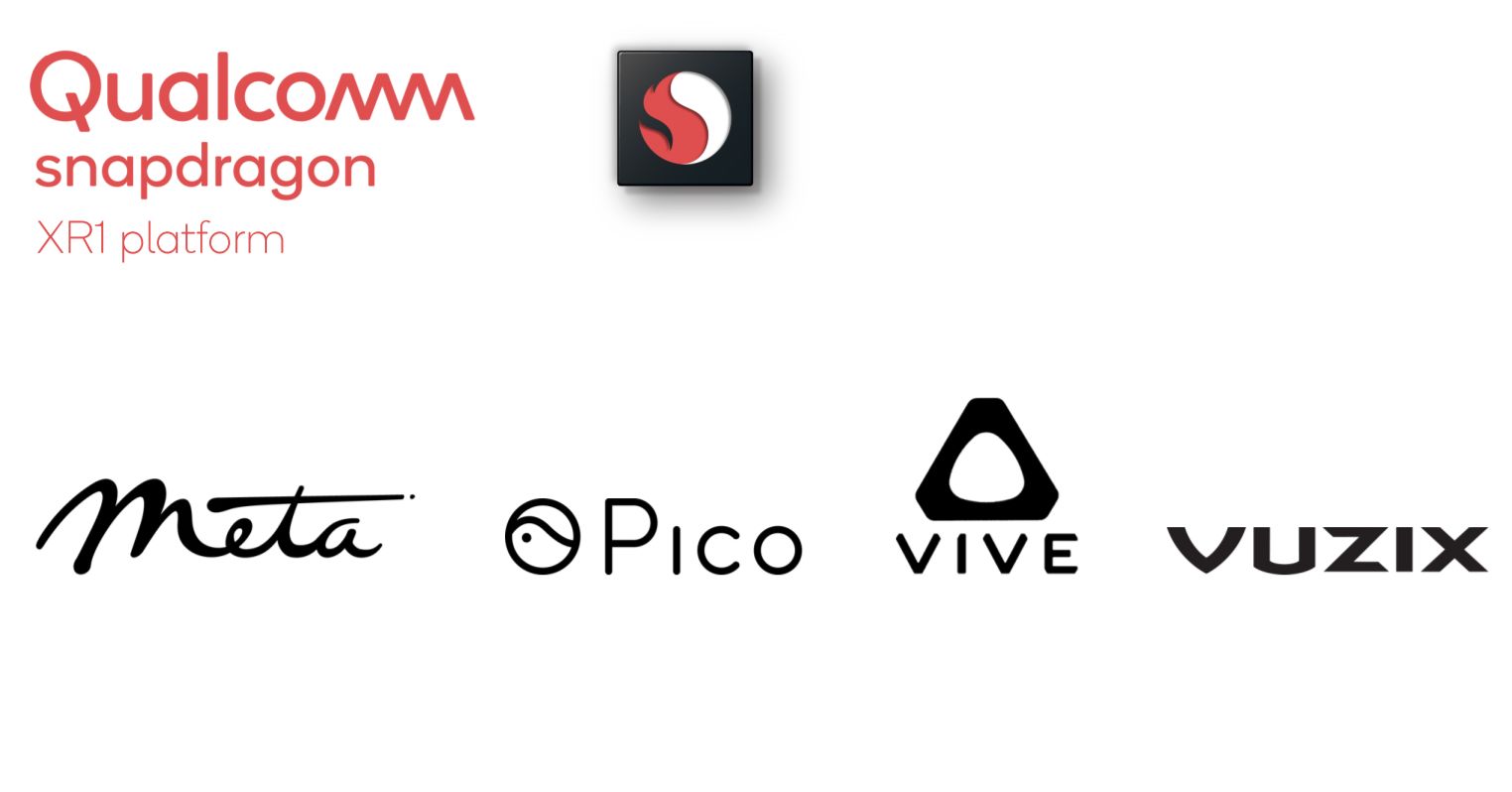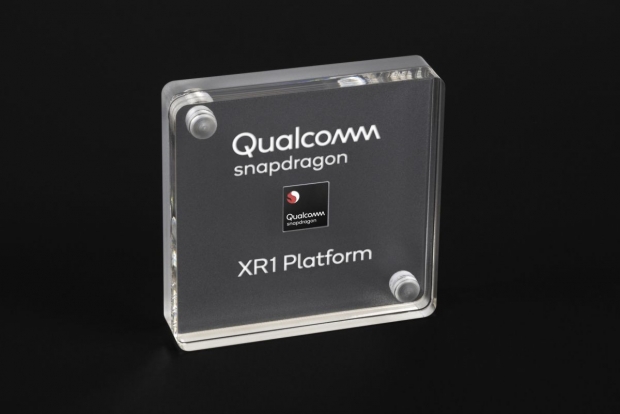Qualcomm describes the XR1 platform as the next generation platform offering mainstream users high-quality XR experiences while letting OEMs develop mainstream devices. This platform is clearly sitting below the flagship Snapdragon 845, that remains the flagship XR choice for premium designs.
XR1 targets mainstream AR and VR
The XR1 platform also has special optimizations for Augmented Reality (AR) experiences with Artificial Intelligence (AI) capabilities offering better interactivity, power consumption and thermal efficiency. Customers like ODG will definitely be interested in something like that.
XR1 integrates heterogeneous compute architecture, including the Kryo ARM-based multicore Central Processing Unit (CPU), vector processor, Adreno Graphics Processing Unit (GPU) and Qualcomm AI Engine. Other key features include an advanced XR software service layer, machine learning, the Snapdragon XR Software Development Kit (SDK) and Qualcomm Technologies connectivity and security technologies.
There are a few customers on board with the new platform and the Original Equipment Manufacturers (OEMs) like Meta, HTC VIVE, Vuzix and Pico are already developing on the first dedicated XR1 platform.
Alex Katouzian, SVP and GM, Mobile Business Unit at Qualcomm, said:
“As technology evolves and consumer demand grows, we envision XR devices playing a wider variety of roles in consumers’ and workers’ daily lives. By integrating powerful visuals, high-fidelity audio, and rich interactive experiences, XR1 will help create a new era of high-quality, mainstream XR devices for consumers.”
Hugo Swart, Senior Director, Head of XR Business Management mentioned that Qualcomm believes that mainstream standalone is the key element necessary for the popularization of XR (VR and AR). He believes that XR1 is the right size chip for this market segment and customers' interest proves this theory. At some point VR and AR will merge in something that we might end up calling the XR. This is definitely the goal.
Standalone devices including Oculus Go, HTC Vive Focus, Lenovo Mirage Solo for VR and ODG R9 and Shadow Creator for AR are helping to popularize the XR. Qualcomm is realistic and is claiming that PC driven devices will co-exist on the market but they will serve the high end part of the market. Bear in mind that you need to spend at least $2,000 to get a PC that can run VR at a decent rate with Oculus or Vive glasses. Oculus Go is, for example, selling for $199 and it is a no-brainer which one might be more affordable.
4K60, Adreno, AI, noise canceling and AptX
The XR1 supports Ultra HD premium playback in 4K, has Adreno GPU with fast graphics rendering and low power and Kryo CPU. This sounds awfully similar to the Snapdragon 700 series that will power the mainstream phones but Qualcomm didn’t want to comment on this - it just makes sense to us.
The XR1 supports three or six DoF (Degrees of Freedom) head tracking, Qualcomm Aqstic and AptX audio, Aqstic voice UI, QHD+ (2K display) resolution and 3DoF or 6 DoF controllers.
The XR1 platform can reduce jitter and make it more comfortable and the usage of fast rendering and low power, OLED with wide color gamut while playing Ultra HD premium 4K60 FPS content will make the platform much more comfortable compared to the solutions before.
The platform supports active noise cancellation and Low latency Immersive Audio supported using a 3D Audio SDK, Object -based audio, Ambisonics (HOA), HRTF and Reverb.
Hands free voice operating system will support voice activation with noise filtering, suppression and cancellation, speech recognition, natural language processing, voice biometrics and deep learning.
One key thing is the VIO Visual Initial Optometry Head tracking with motion to photon latency at less than 20 ms. The platform uses DSP sensor fusion and, as mentioned above, supports 3DoF and 6DoF.
On device AI
On Device artificial intelligence for XR combines the Hexagon Vector processor for INT8 networks, Adreno GPU for FP16 and FP32 networks as well as Kryo CPU for FP32 and FP8 8bit precision networks. When it comes to software The XR1 supports Snapdragon Neural Processing SDK, Android Neural Network and Hexagon neural network. It supports Caffe / Caffe2, TensorFlow and TensorFlow Lite as well as ONNX frameworks. You can use on device AI for object classification, pose predication, natural language understanding and speaker recognition.
The platform and devices are coming soon and customers should be able to enjoy video and watch high quality video content, play VR and AR games, capture precious moments and share. The companies like HTC Vive, Pico, Meta and Vuzix have announced that they support this platform and they are already working on devices based on XR1. It will be interesting to see them launching, probably rather sooner than later. 




